Berrying shrubs
Eduarda
21 years ago
Related Stories
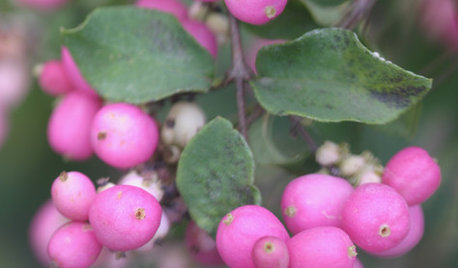
LANDSCAPE DESIGN5 Berry-licious Shrubs to Plant Now for Winter Interest
Showy color during snow season? You bet. These shrubs will wake up a garden with colorful berries when other plants are asleep
Full Story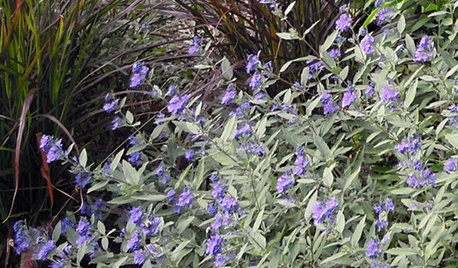
SHRUBS5 Glorious Late-Season Shrubs
Spilling over with berries or bursting with blooms, these stunning underused shrubs keep the garden party going through fall
Full Story
GARDENING GUIDES8 Native Shrubs for Year-Round Bird Feeding
It’s not just about berries. These plants provide insects for birds and seasonal interest for gardeners
Full Story
GARDENING FOR BIRDSFeed the Birds: 6 Plants for Abundant Winter Berries
Be kind to your fair feathered friends during lean food times by planting a shrub or tree loaded with nutritious snacks
Full Story
GARDENING GUIDES8 Deer-Resistant Elegant Evergreen Shrubs to Plant This Fall
Who knew that such beautiful shrubs could be deer-resistant?
Full Story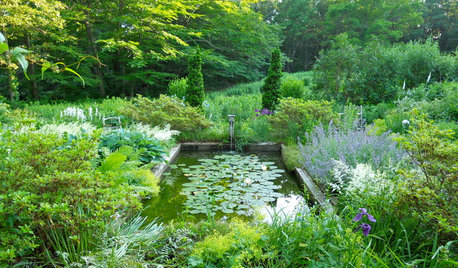
PLANTING IDEAS5 Reasons to Bring Shrubs Into the Flower Garden
Mix up the garden experience and let the flowers and shrubs play together
Full Story
FALL GARDENING9 Deer-Resistant Flowering Shrubs to Plant This Fall
These exquisite shrubs will attract your attention but won’t tempt the deer that roam your neighborhood at night
Full Story
CONTAINER GARDENSPatio-Perfect Berry Bushes Like You’ve Never Seen
Small enough for pots but offering abundant fruit, these remarkable bred berries are a boon for gardeners short on space
Full Story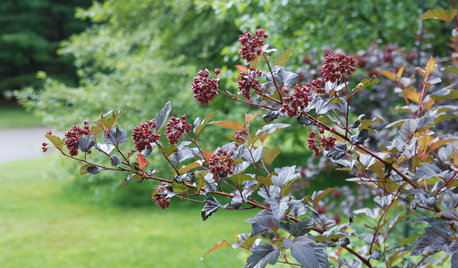
GARDENING GUIDES6 Branches and Berries to Spruce Up Holiday Decor
Bring garden cuttings in from the cold to warm up seasonal arrangements and decorate your home for the holidays
Full Story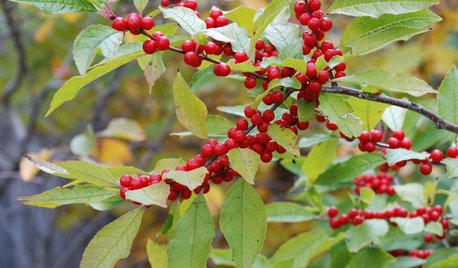
GARDENING GUIDESGreat Design Plant: Winterberry Rouses Frosty Gardens
Energize dormant winter landscapes with this shrub's brilliant berries — and do right by hungry birds too
Full Story





TheGardnr
EduardaOriginal Author
Related Professionals
Cary Landscape Architects & Landscape Designers · Glendora Landscape Architects & Landscape Designers · Marco Island Landscape Architects & Landscape Designers · Brookfield Landscape Contractors · Huntington Landscape Contractors · Tewksbury Landscape Contractors · Winchester Landscape Contractors · Shelton Solar Energy Systems · Sun Prairie Solar Energy Systems · Mill Valley Solar Energy Systems · Franklin Solar Energy Systems · Clermont Driveway Installation & Maintenance · East Ridge Driveway Installation & Maintenance · Ramona Driveway Installation & Maintenance · South Lyon Driveway Installation & MaintenanceHerb
teri2
EduardaOriginal Author
bahia
dirtydave
rebow
EduardaOriginal Author
luseal
EduardaOriginal Author
iowa_jade
shrubs_n_bulbs
iowa_jade
clairdo2
jeff_al
cynthia_gw
Loretta NJ Z6
Lee@A Guide to Northeastern Gardening